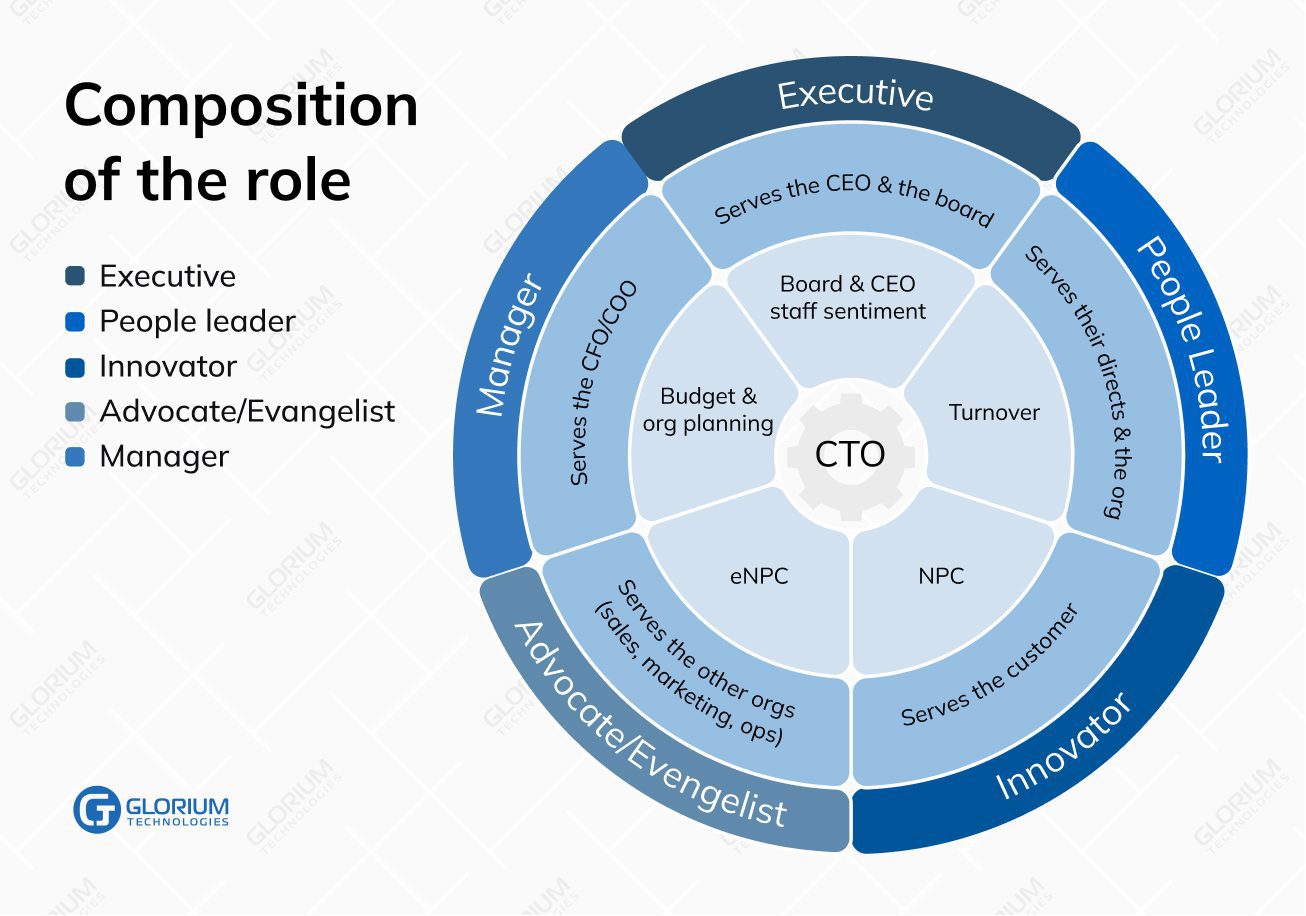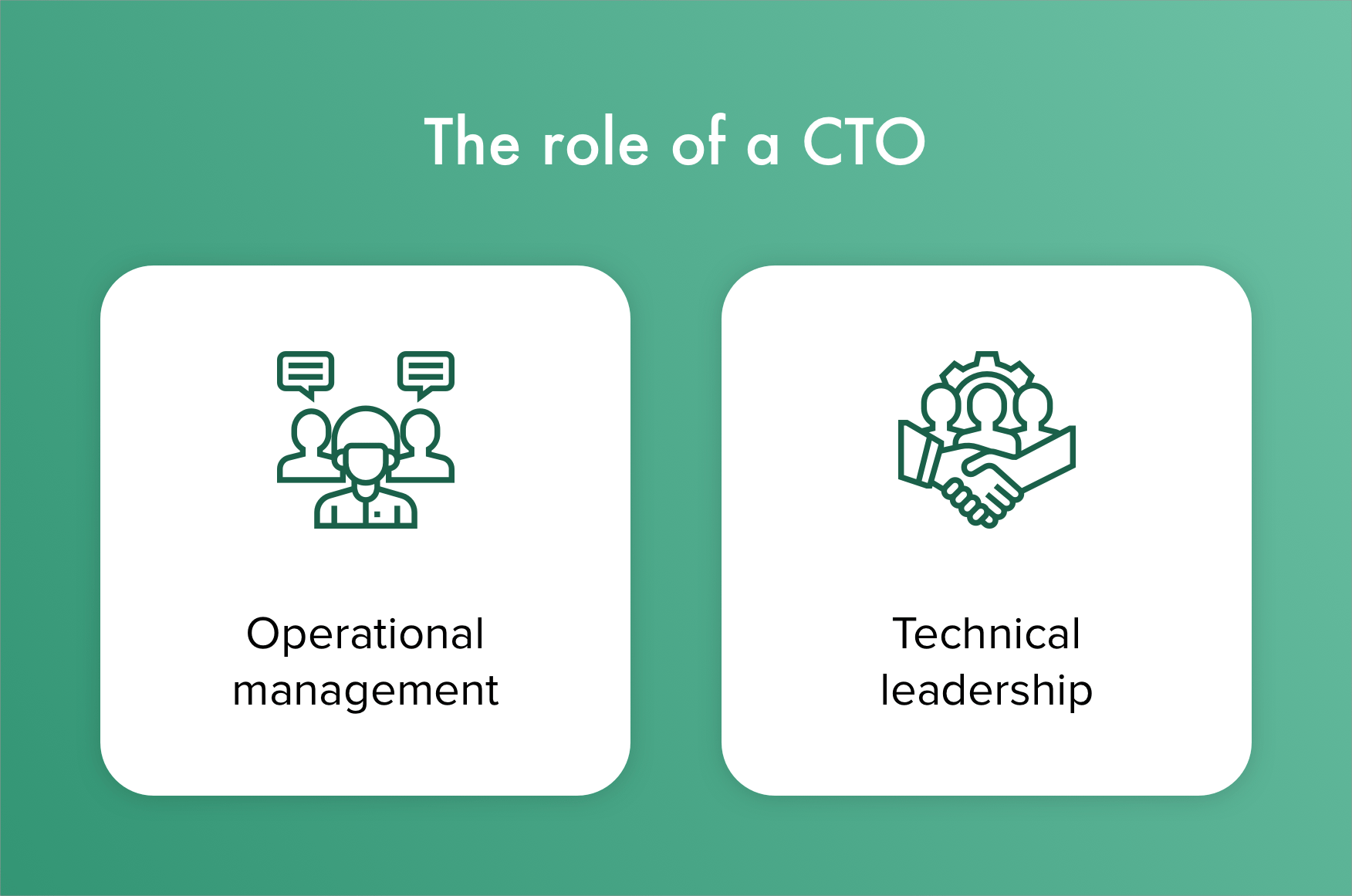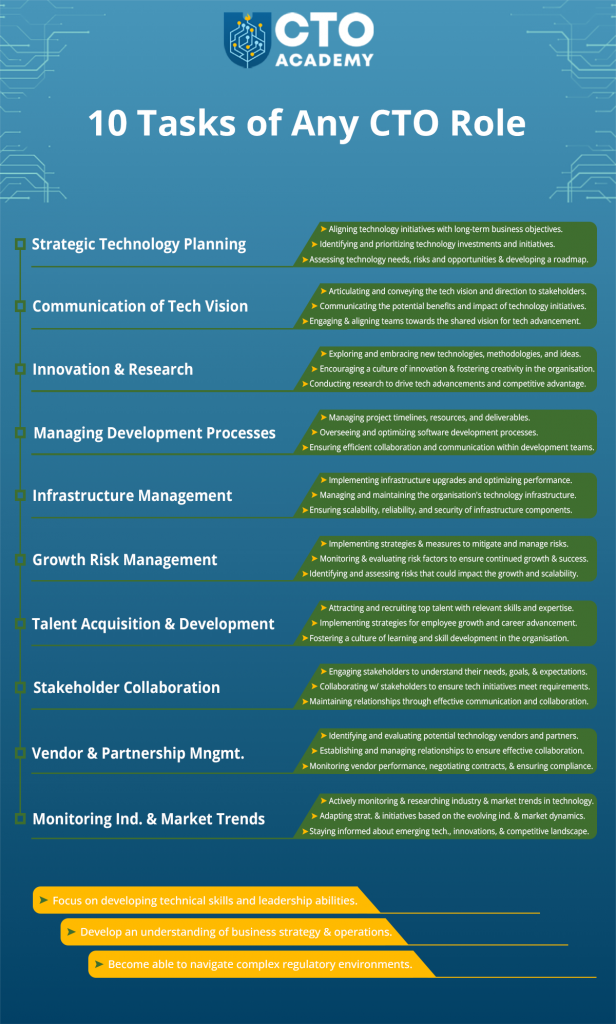Decoding The CTO Role: What A CTO Does & Why It Matters
What exactly does a Chief Technology Officer do? The Chief Technology Officer (CTO) is no longer just a technical expert; they are the strategic architect of a company's future, driving innovation and ensuring technological alignment with business goals.
The role of the Chief Technology Officer (CTO) has undergone a significant transformation in recent years. The days of a CTO solely focused on IT infrastructure and software development are over. Today, the CTO is a critical player in shaping the company's technological direction, driving innovation, and ensuring that technology aligns with the overall business strategy. This evolution reflects the increasing importance of technology in all aspects of modern business, from product development to customer service.
The CTOs responsibilities are diverse and multifaceted. They encompass a wide range of activities, from overseeing the engineering team and managing the product development lifecycle to setting the vision for technology development and ensuring it aligns with the company's strategic goals. The CTO is, in essence, the technological backbone of the organization, responsible for shaping its future through strategic vision, technical expertise, and business intelligence.
The rapidly evolving technological landscape demands a diverse skill set from the CTO. They must possess not only technical expertise but also strong leadership, communication, and business acumen. The ability to understand and anticipate market trends, identify emerging technologies, and make strategic decisions is crucial for success in this role. In this ever-changing business ecosystem the role of a CTO will be more important.
Here's a look at the multifaceted responsibilities and skills required of today's CTO.
Key Responsibilities and Skills of a Chief Technology Officer (CTO)
The role of the Chief Technology Officer (CTO) is a dynamic and ever-evolving one, adapting to the rapid advancements in technology and the changing needs of businesses. Here are some of the most important responsibilities and required skills.
- Anna Maria Sieklucka Age Husband 365 Days Fame Unveiled
- Khalyla Kuhns Boyfriend What We Know Whats Private
- Strategic Vision and Leadership: The CTO sets the overall technology vision and strategy for the company, ensuring it aligns with the business's strategic goals. This involves identifying opportunities for technological innovation, evaluating new technologies, and developing a roadmap for future technological development. This leader must have the capability to develop the organizations technology future and assure competitive advantage in the digital era.
- Technology Roadmap Development: A key aspect of the CTO's role is creating and managing the technology roadmap. This roadmap outlines the technologies the company will use, the timeline for implementation, and the resources required.
- Team Management and Leadership: The CTO is responsible for leading and managing the technology team, which may include engineers, developers, IT professionals, and other technical staff. This involves hiring, training, mentoring, and providing overall direction and guidance to the team.
- Technology Infrastructure Management: The CTO oversees the company's technology infrastructure, including hardware, software, networks, and data centers. This involves ensuring the infrastructure is secure, reliable, scalable, and cost-effective.
- Innovation and Research: The CTO is responsible for driving innovation within the company, exploring new technologies, and identifying opportunities to leverage technology to improve products, services, and processes.
- Vendor Management: The CTO manages relationships with technology vendors, including software providers, hardware suppliers, and cloud service providers. This involves negotiating contracts, ensuring vendor performance, and staying up-to-date on the latest vendor offerings.
- Budget Management: The CTO is responsible for managing the technology budget, including forecasting technology costs, allocating resources, and ensuring that technology spending aligns with the company's financial goals.
- Risk Management and Cybersecurity: The CTO is responsible for identifying and mitigating technology-related risks, including cybersecurity threats, data breaches, and compliance issues.
- Digital Transformation: Leading and managing digital transformation initiatives, helping the company adapt to new technologies and changing market conditions.
- Data Analytics and Business Intelligence: Leveraging data analytics and business intelligence tools to gain insights into customer behavior, market trends, and business performance.
- Communication and Collaboration: The CTO must effectively communicate complex technical concepts to non-technical stakeholders and collaborate with other departments, such as marketing, sales, and operations.
Skills Required for Success
In addition to the responsibilities outlined above, CTOs must possess a diverse set of skills to thrive in this demanding role.
- Technical Expertise: A deep understanding of software development, cloud computing, data management, cybersecurity, and other relevant technologies.
- Leadership Skills: The ability to motivate and inspire a team, make strategic decisions, and effectively communicate with stakeholders.
- Business Acumen: A strong understanding of business principles, financial management, and market dynamics.
- Communication Skills: The ability to clearly and concisely communicate complex technical concepts to non-technical audiences.
- Problem-Solving Skills: The ability to identify and solve complex technical challenges.
- Strategic Thinking: The ability to think strategically about the future of technology and how it can be used to achieve business goals.
- Adaptability: The ability to adapt to change, learn new technologies, and stay up-to-date on industry trends.
The Impact of the CTO on Digital Transformation
The CTO plays a pivotal role in an organization's digital transformation journey. This transformation involves the integration of digital technology into all areas of a business, fundamentally changing how an organization operates and delivers value to its customers. The CTO's responsibilities in this process include:
- Setting the Digital Vision: Defining the company's digital transformation strategy and roadmap, ensuring that all technological initiatives align with the overall business goals.
- Identifying and Implementing New Technologies: Evaluating and integrating new technologies like cloud computing, AI, and IoT to modernize infrastructure and improve operational efficiency.
- Promoting a Culture of Innovation: Fostering a culture where experimentation and continuous improvement are encouraged, driving innovation throughout the organization.
- Ensuring Data-Driven Decision Making: Implementing data analytics and business intelligence tools to help the organization make informed decisions and improve customer experience.
- Cybersecurity: Prioritizing data security and compliance to protect the organization from cyber threats.
The CTO in Startups
In a startup environment, the CTO often wears many hats. They are typically a senior developer or engineer who has transitioned into a leadership role. The startup CTO is responsible for building the initial technology infrastructure, developing the product, and hiring and managing the technical team. They must be highly adaptable and resourceful, as they often operate with limited resources and tight deadlines. This includes establishing the various roles within the IT department; and creating policies around technology infrastructure
CTO vs. CIO
The roles of Chief Information Officer (CIO) and Chief Technology Officer (CTO) often spark debate, especially in growing companies. While both roles involve technology leadership, their focus and responsibilities differ. The CIO typically focuses on the internal IT infrastructure, data management, and operational efficiency. The CTO, on the other hand, focuses on the strategic and technical aspects of technology, driving innovation, and aligning technology with the company's business goals. In some organizations, the roles may overlap, or one individual may hold both titles, but its essential to clarify responsibilities as the company grows to ensure clear leadership.
Both IT and information security play vital roles in an organization's overall success and stability. Both CIO and CTO are responsible for driving innovation, digital transformation inside your firm, and technology strategy.
The role of the Chief Technology Officer (CTO) is a critical one, demanding a diverse skill set and the ability to adapt to the ever-changing landscape of technology and business. A cto is not just a senior executive responsible for overseeing technology but a strategic leader who drives the company's technological vision and aligns it with its business goals.
As the role of the CTO continues to evolve, it is clear that these executives must possess technical skills, leadership qualities, and business acumen to navigate the rapidly changing tech landscape. The future cto change is the one thing that we are certain of, and disruption is the new normal. Ctos need to prepare their businesses to be able to react, adapt and evolve with resilience and.
Understanding the role of the chief technology officer (cto) a chief technology officer (cto) is the highest technology executive position within a company and leads the technology or engineering. In today's rapidly evolving technological landscape, the role of the chief technology officer (cto) has become increasingly critical for businesses aiming to stay competitive and innovative.
The role encompasses a wide array of responsibilities aimed at steering the company's technological roadmap. The cto sets the vision for technology development, ensuring it aligns with the company's strategic goals.
Chief Technology Officer
The demands on a CTO in 2024 are significant. They must possess a wide range of skills, some of which are not merely technical. The role requires a combination of soft and hard skills to be effective.
- Technical Proficiency: A solid foundation in software development, data science, cloud computing, and cybersecurity is vital.
- Leadership and Management: The ability to lead, motivate, and manage a team of technical professionals.
- Strategic Thinking: The capacity to align technology with business goals and anticipate future technological trends.
- Communication Skills: The ability to effectively communicate technical concepts to non-technical stakeholders.
- Business Acumen: An understanding of business operations, finance, and market dynamics.
- Adaptability and Learning Agility: The willingness to learn new technologies and adapt to changes in the industry.
Example Table
Here is a sample table illustrating the skills required of a CTO.
| Category | Skills |
|---|---|
| Technical Skills | Software development, Cloud computing, Data management, Cybersecurity, Architecture |
| Leadership Skills | Strategic thinking, Decision-making, Team management, Communication, Vision setting |
| Business Acumen | Financial management, Market analysis, Business strategy, Budgeting |
| Soft Skills | Communication, Problem-solving, Adaptability, Collaboration, Negotiation |
In conclusion, the Chief Technology Officer is a critical role in any modern organization. By understanding their roles and responsibilities, businesses can leverage technology effectively and ensure they are well-positioned for future success. The rapid changes in the technological world make it more important than ever for companies to find and empower a strong CTO to guide their digital strategies.



Detail Author:
- Name : Oswaldo Christiansen
- Username : wilma08
- Email : elta34@hotmail.com
- Birthdate : 1986-11-27
- Address : 632 VonRueden Haven Suite 966 South Eldridge, IN 86628
- Phone : +1 (720) 527-0671
- Company : Satterfield-Kuhlman
- Job : Sawing Machine Operator
- Bio : Id perferendis nemo necessitatibus incidunt earum. Exercitationem at voluptatibus atque quia delectus nostrum. Excepturi repellendus et illo.
Socials
facebook:
- url : https://facebook.com/kochg
- username : kochg
- bio : Et voluptas temporibus beatae fugit voluptatem.
- followers : 3219
- following : 2360
twitter:
- url : https://twitter.com/gwen966
- username : gwen966
- bio : Qui ratione dolorem non explicabo sed unde. Excepturi praesentium eos reprehenderit itaque omnis. Eaque adipisci voluptas rerum quo nam facere aut.
- followers : 3844
- following : 353
instagram:
- url : https://instagram.com/koch2010
- username : koch2010
- bio : Animi eius suscipit consequuntur. Minima voluptatibus in ullam dolore occaecati enim earum.
- followers : 3041
- following : 2510
tiktok:
- url : https://tiktok.com/@gwen_koch
- username : gwen_koch
- bio : Possimus ratione repellat consequatur quod. Deserunt hic nihil perspiciatis.
- followers : 1066
- following : 13